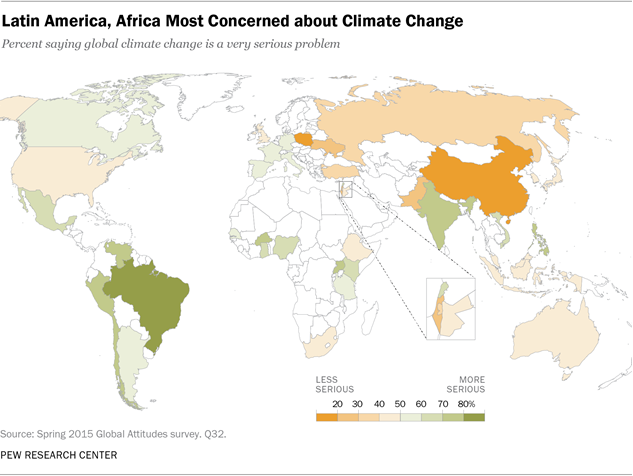The integration of art with science creates a strong visualization for the people across the globe. It is refreshing to me to see these two disciplines interact to create symbols of current events.
One of my previous posts Art and Science dealt with the glaciogenic art of artist Jill Pelto. In this post, I will discuss the work of artist Zaria Forman. The art she does here is a little more drastic in portraying aspects of climate change.
Artist Zaria Forman uses pastel colors and her fingers to create these masterpieces. They are often big in scale, and have a sort of eerie note to them. In the short description within the published work, titled Stunning “Photorealistic Pastel Drawings Bring Awareness To Climate Crisis“, it is said that Forman is an “environmentally conscious artist.” Like Jill Pelto, they both work to combine these two disciplines.
I think part of what makes Forman’s art so stunning is the fact that it is so incredibly realistic. The way she creates highlights and undertones makes the crisis of climate change very much more prominent. I personally love this artwork and believe that the communication of science through art continues to be an effective way of combining two different areas of logic.










